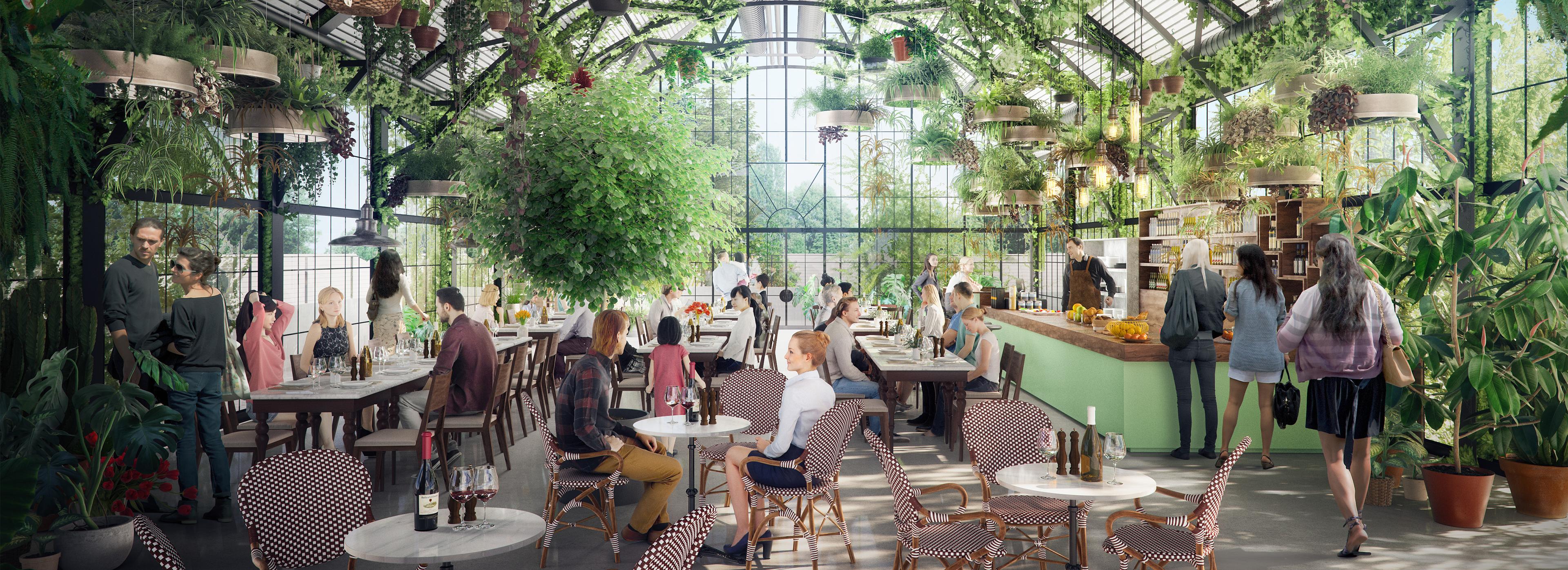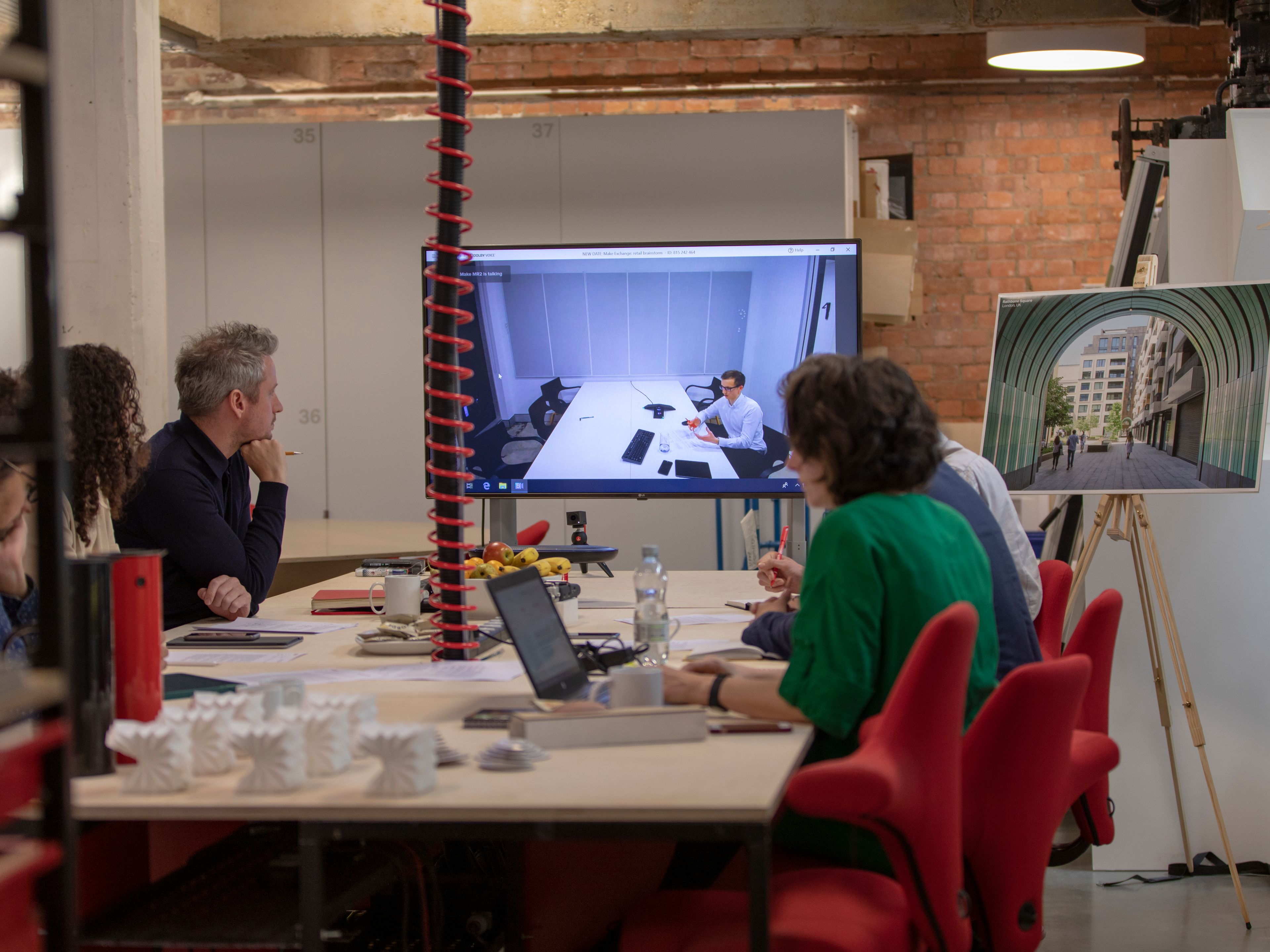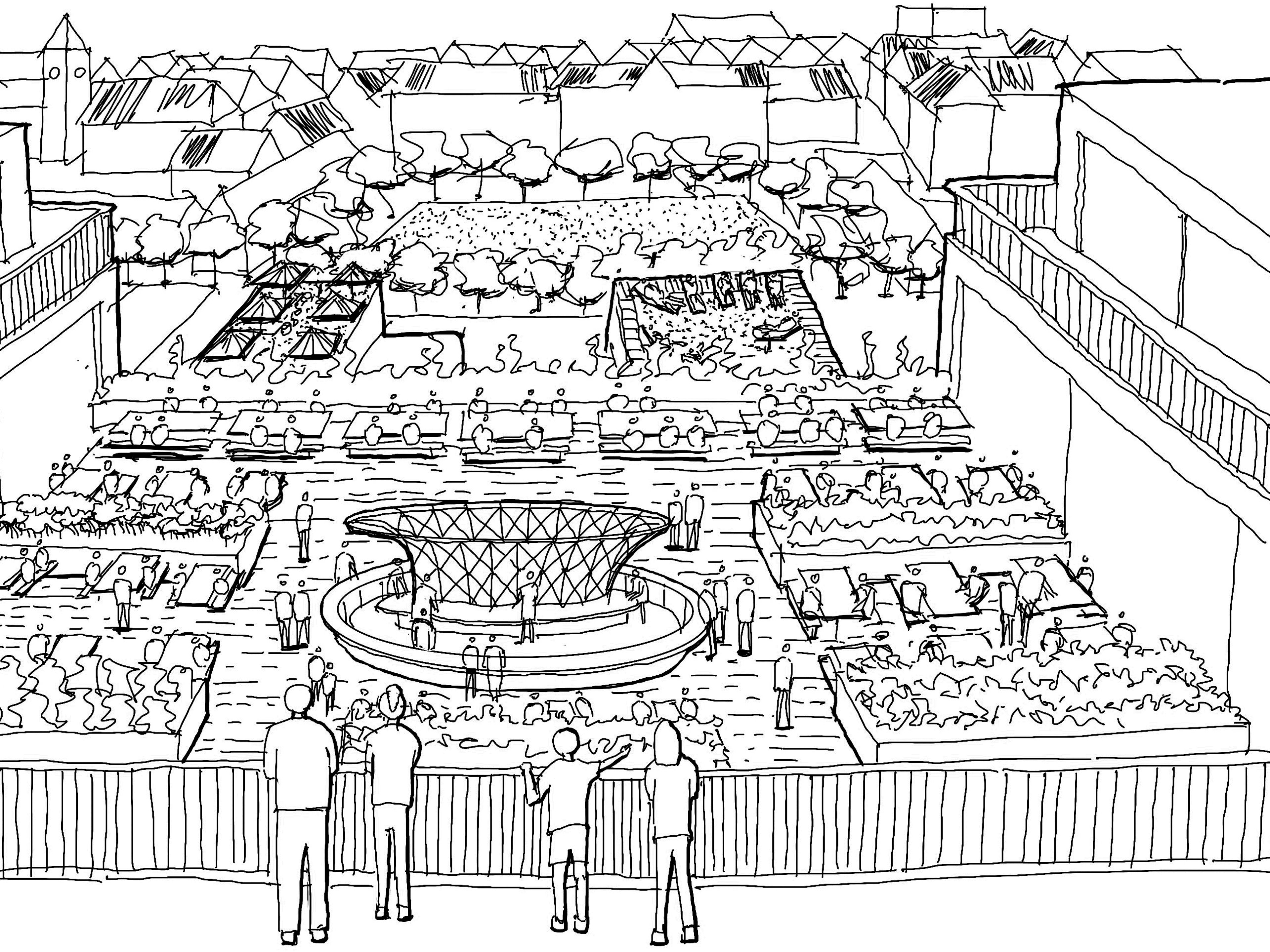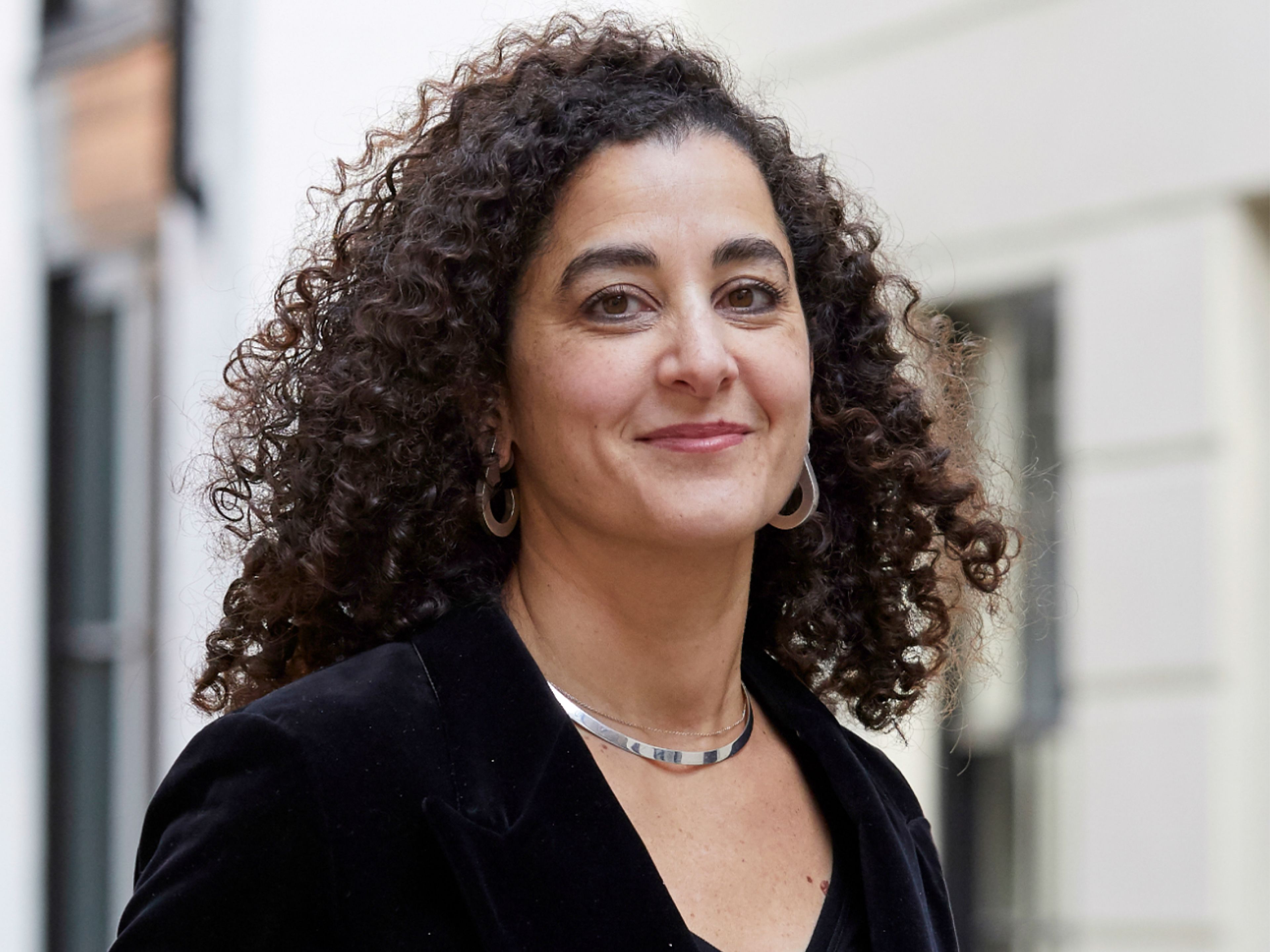Interview with Joanna Russell, Frasers Property Australia

“Developers have a responsibility to create places which enable and create connections between people and place.”
Jack Sallabank: Frasers Property looks to create places that foster connection. Why is that important to the business?
Joanna Russell: The need for people to have a greater sense of connection to each other and their environment is a global priority. Developers have a broad responsibility to create places which enable and create those connections between people and place. There has been a movement in Australia where dwellings are getting smaller, and communities need the amenities to bring people together.
The ‘super neighbourhood’ term, developed by Frasers a few years ago, is a response to our broader responsibility to create places that are more than just places to show and are instead central places to bring the community together. This places a great deal of emphasis on design and curation. Our centres need to be designed with the local community in mind and to make sure we create the right service mix to fit our particular catchment.
JS: One of your upcoming retail projects is Burwood Brickworks. How have you used design to create a sense of connection here?
JR: At Burwood we are aiming to create the world’s most sustainable shopping centre. We have used biophilic design to connect the people and the community to nature, and we hope it will result in a much more comfortable environment where people will want to spend time and enjoy the surroundings. Burwood Brickworks will also have an urban farm located on the top of the shopping centre that will make it stand apart from other centres within that catchment. It’s about creating a unique experience for the community to gather, connect and contribute to a place which is there to serve them. The urban farm will connect with the restaurants, which can use the produce grown on the farm.

Burford Brickworks is aiming to be the most sustainable shopping centre in the world.
JS: What are your key design considerations when creating a retail destination?
JR: We design local. Each super neighbourhood centre must respond to and enhance the area it serves.
We design in flexibility. A fluid retail offer that is regularly refreshed is important to keep people engaged, and the physical infrastructure of the centre should enhance the flexibility and the adaptability to new ideas and concepts.
We design beautifully. We create centres which meet people’s everyday needs while not compromising on aesthetics. Creating something beautiful means delivering an asset the community can feel pride in and ownership of.
We design sustainably. Frasers Property recently became one of the founding signatories to the first global net zero carbon buildings commitment. It means that every new building we create must operate at net zero carbon for 2030, and our existing buildings must operate at net zero carbon by 2050. It’s a real challenge to get to net zero carbon, so the super neighbourhoods that we’re designing and creating now are continuing to push the envelope in terms of what’s possible in a sustainability sense.
JS: What are the short to medium-term opportunities in the Australian retail sector?
JR: The role of the shopping centre is evolving and will continue to evolve. We have to listen to the community and be flexible in approach to make sure we have a fresh and current approach to retail in our shopping centres in order for them to become the focal heart of any community.
We are also going to see more and more introduction of mixed-use elements and community services in shopping centres, such as medical, childcare and co-working spaces. The importance of a compelling entertainment and dining offer will continue to grow, creating places that people want to spend time as they increasingly view their local super neighbourhood centre as an extension of their homes.
Tags
Authors
Joanna Russell, Retail Development Manager at Frasers Property Australia, is working on delivering the world’s most sustainable shopping centre, Burwood Brickworks.
Publication
This article appeared in Exchange Issue No. 2, which explores the changing nature of the retail sector with contributions and design analysis from leading retailers, developers, consultants and more.
Read more

